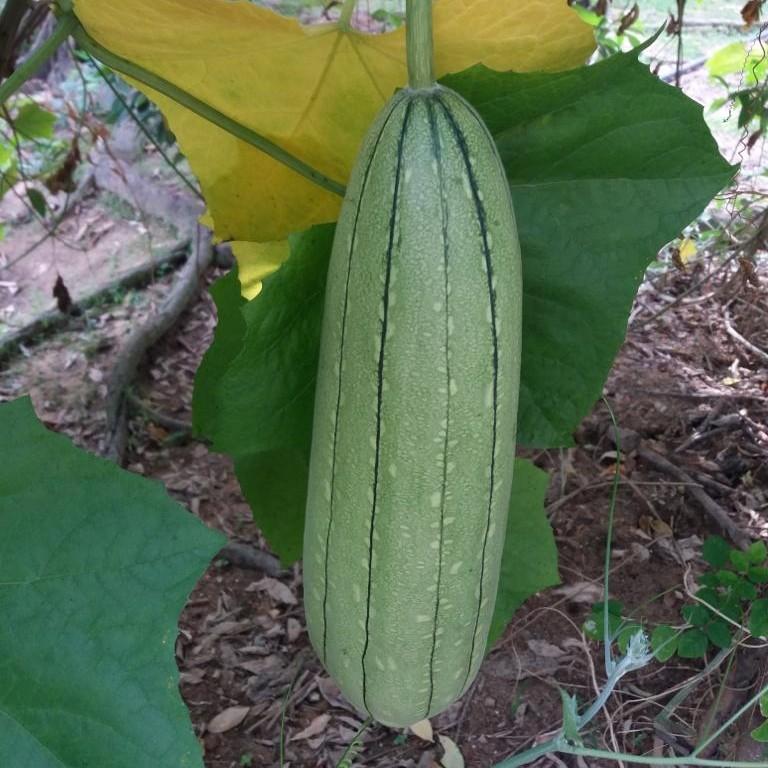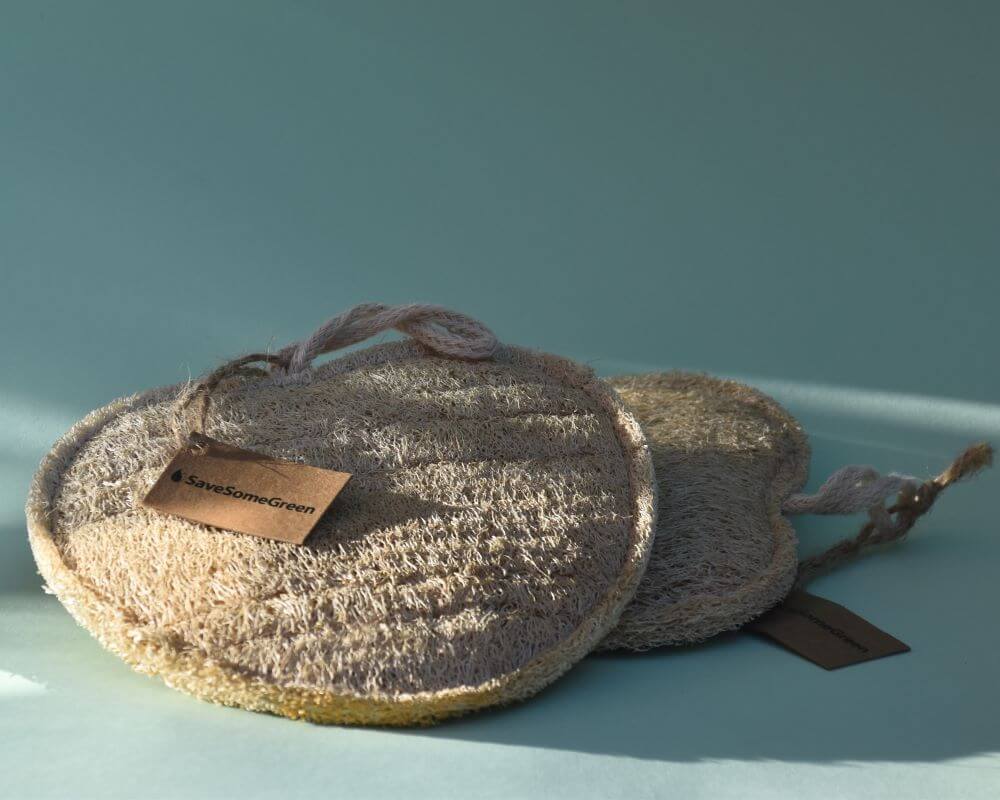All about Loofah
You say Loofah, I say luffa
Well, I do say loofah too.
But where ‘loofah’ may refer to the plastic type of shower puff, luffa refers to the plant from which 100% natural puffs are made.
Which can also be called luffa.
Or loofah.
Some even say loofa.
You still there?
So, what is luffa?
The luffa is a plant from the cucumber and squash family. (You’ll sometimes see it spelled loofah, to keep things clear). It grows in long vines and produces edible fruits. In Asian cuisine quite a few interesting recipes can be found using the young gourds.
As they grow, the fruits become bitter and very fibrous. When fully grown (about 50 cm) and ripened, it can be peeled, deseeded, cleaned and dried. And that really is all it takes to make a one long and lovely … luffa … loofah … eh … sponge kind of thing?
But not a sponge.
What is so good about this loofah?
First off, if you have read the above carefully, you will have noticed, it actually is a cleaned-out piece of fruit. This means it is a 100% natural, biodegradable and compostable product.
Secondly, it is a rather smashing product in use.
Its rough surface softening when wet, it is gentle enough to use on your skin on a regular basis, yet strong enough to provide a good scrub where needed. And we’re not just talking dirty feet here.
Cut up in pads, loofah makes a versatile household companion. You can use it to clean your pots and pans, your worktop, well, basically, anything you’d want to give a scrub.
Just remember to rinse and air after use and it will last you longer than the average supermarket kind of sponge scourers.
And we just happen to offer them in the cutest little heart shape, as well as a plain rectangular one.
See Our Lovely Loofah Products
Wait, loofah is not a sponge at all?
Well, for all practical bathroom kind of purposes, one may refer to it as a sponge: a porous product used for washing things, as the dictionary puts it. But it is not made from, or in any way related to, the sponges that dwell on the bottom of the sea. Fascinating creatures they be.
Nor should it be mistaken for the type of cake by that name.




